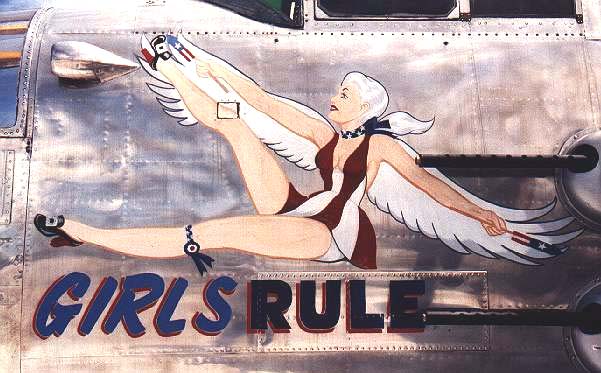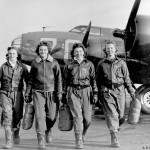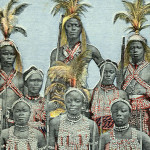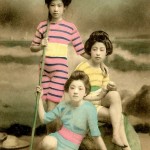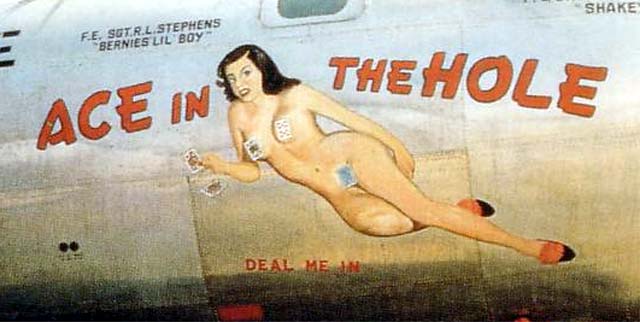
Since the Egyptians had their chariots, the Vikings had their ships and the Zulu warriors had their shields, man has been decorating his instruments of war. War art traditionally served as a protection from evil, to receive supernatural powers from the gods and give a noble identity to each warrior. Come the twentieth century, the tradition continued, but things got a little less, well … noble.
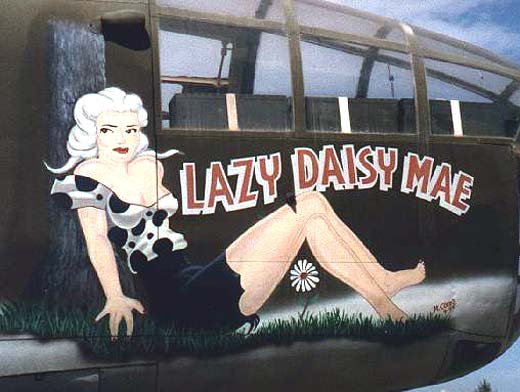
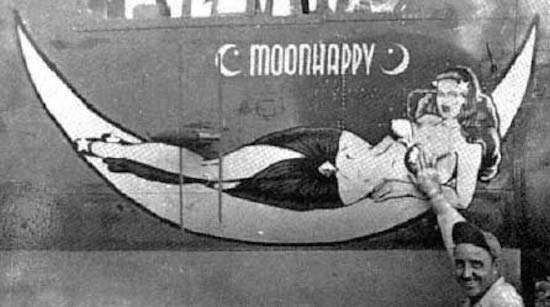
The modern vehicle of war and the warrior’s canvas became the airplane, and the art primarily reflected one thing in particular: a soldier’s sexual deprivation.
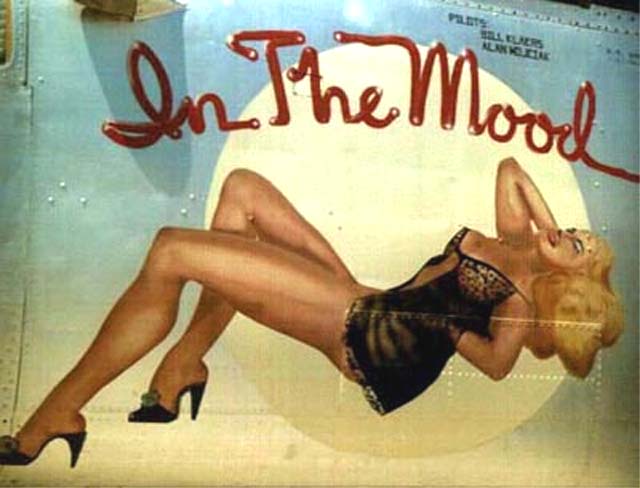
Female pin-up art dominated World War II nose art, seeing its Golden Age through the Korean War, tolerated by Army Air Force officials to help boost the morale of the soldiers fighting in stressful wars with high probabilities of death.
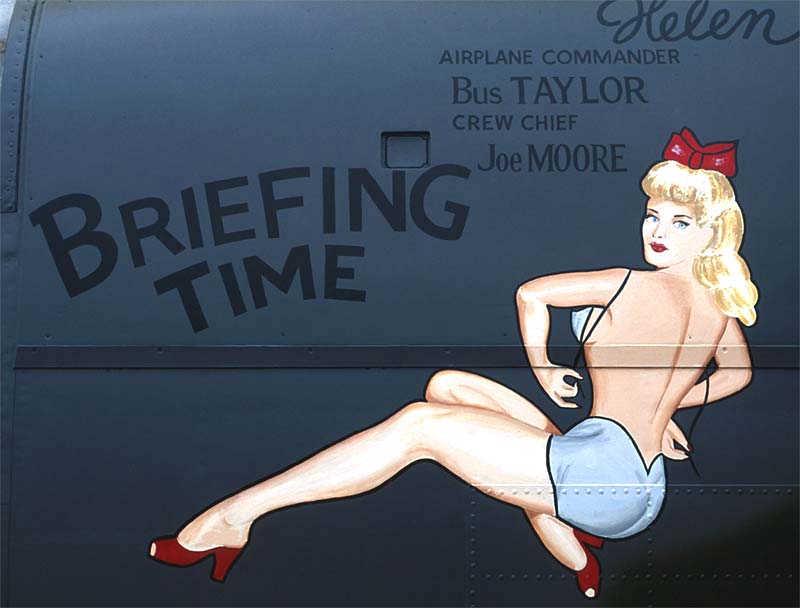
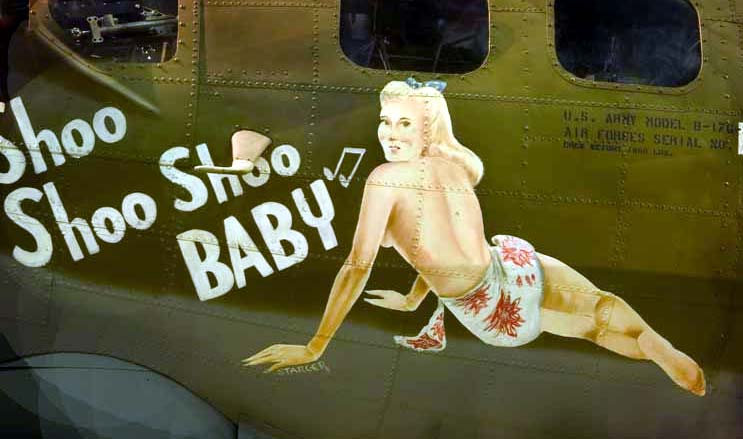
The female pin-up was represented in various stages of dress and undress, pushing the limits of decency to the maximum. Some nose art showed an extreme lack of restraint; a multicoloured array of male chauvinism and even racial stereotyping.
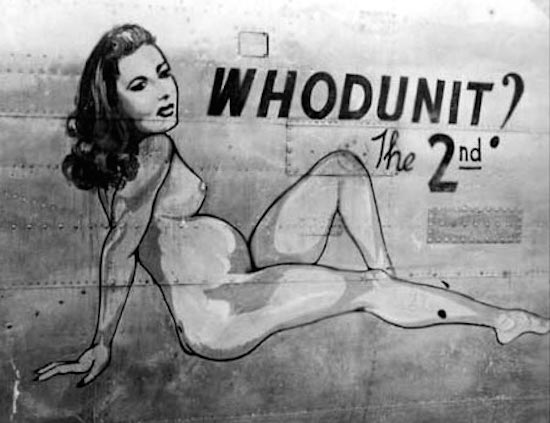
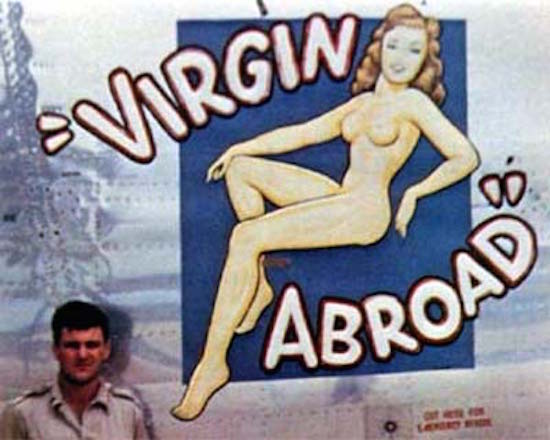
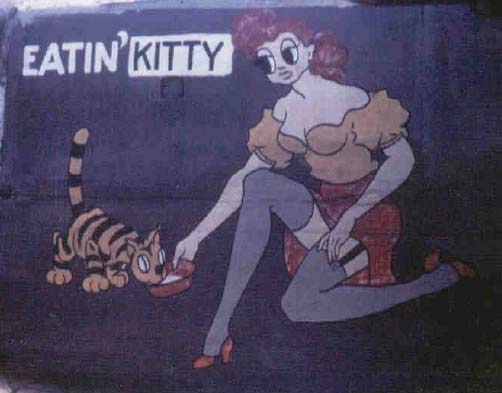
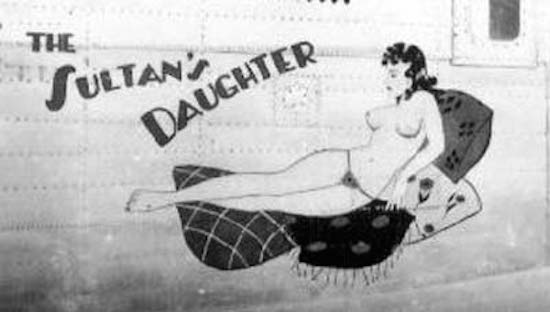
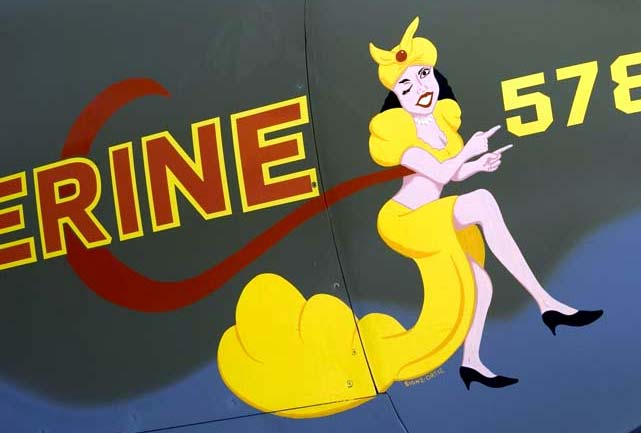
While nose art also took on other forms and had some notable cartoon art, graffiti and beautiful typography, the pin-up was their battle cry. The more imaginative, provocative and even offensive, the more it reflected the soldier’s wild abandon to intimidate and tease the enemy.
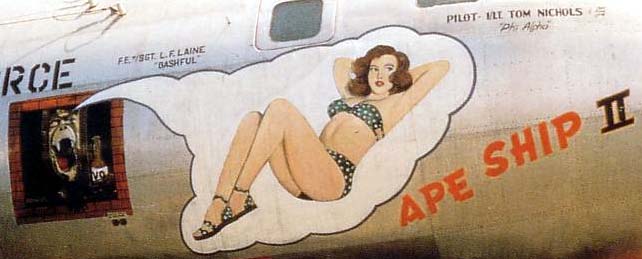
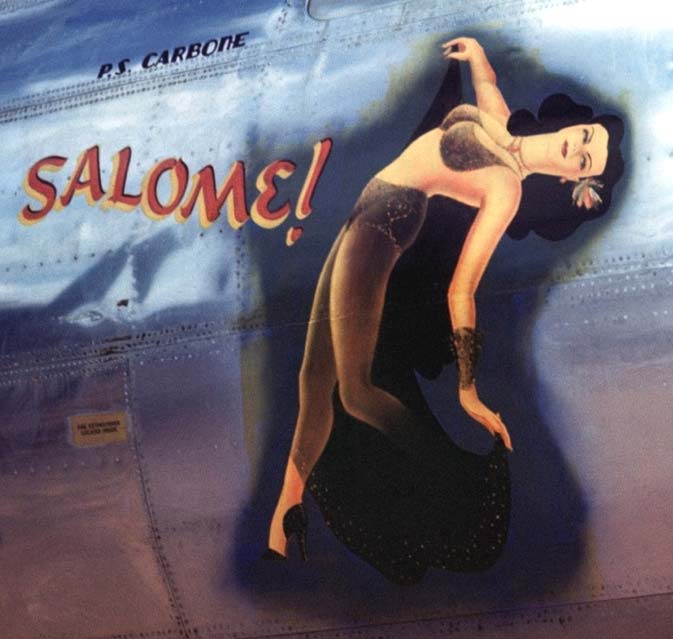
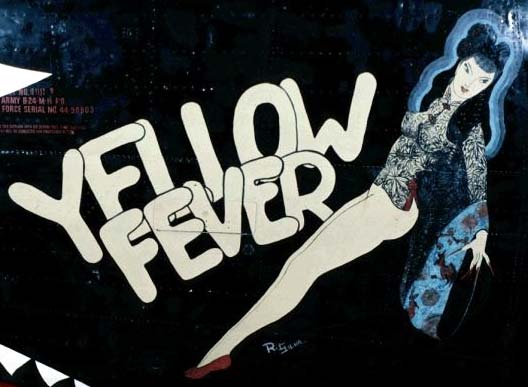

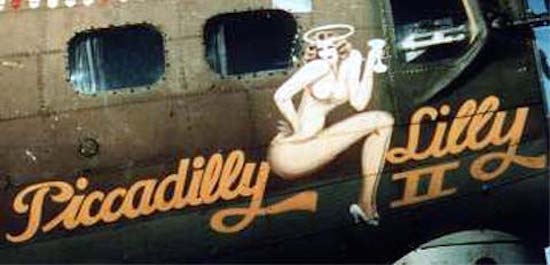
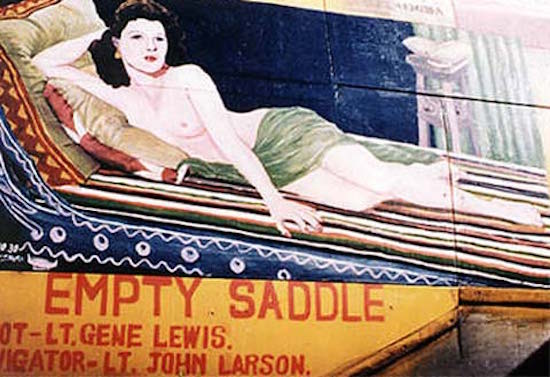
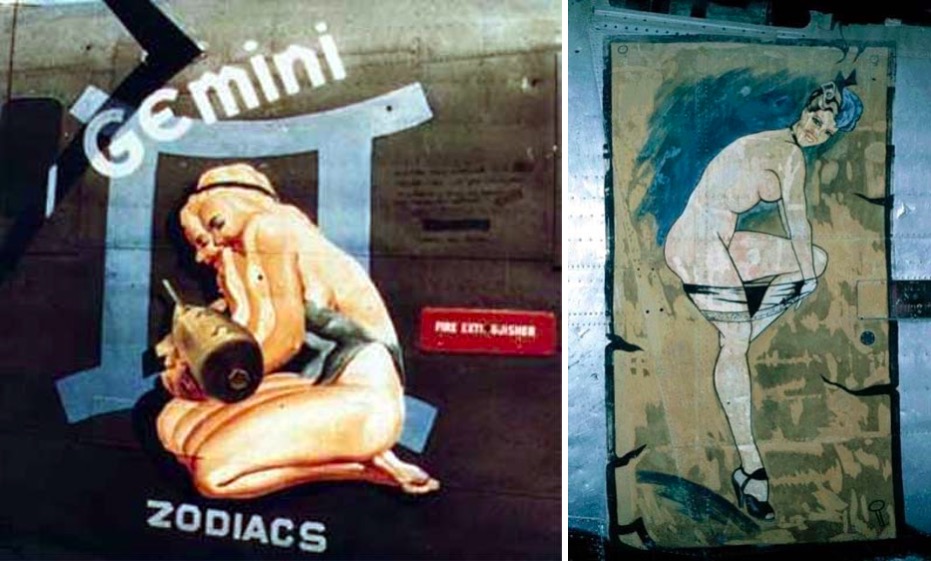
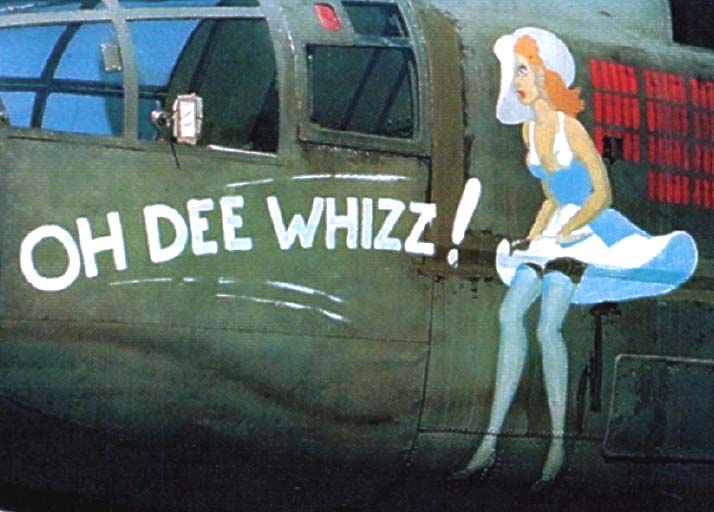
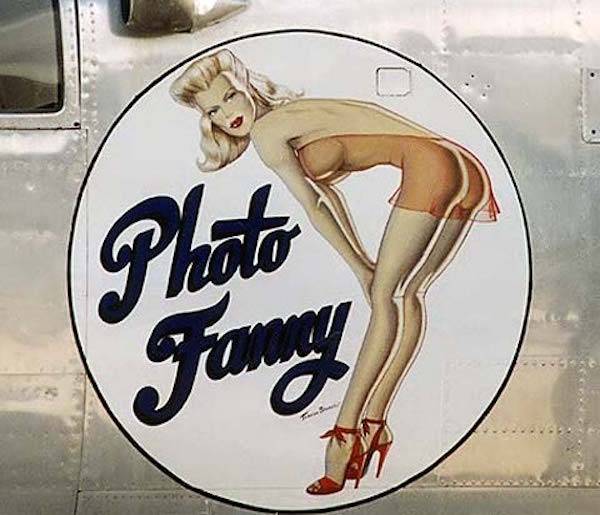
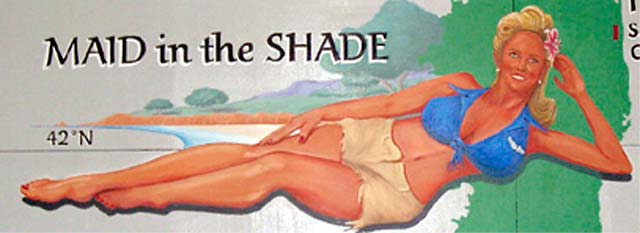
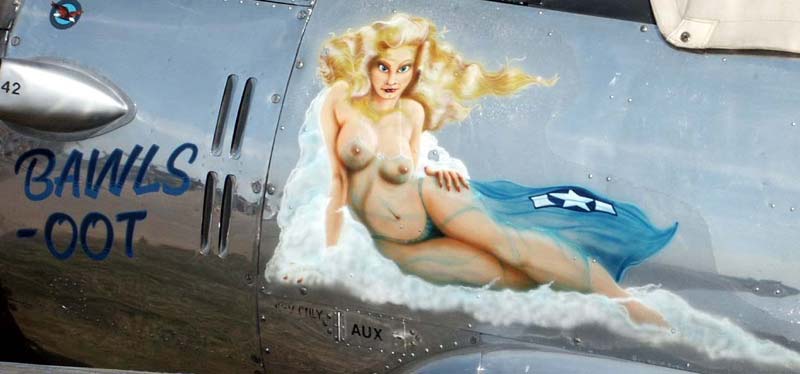
Some of the crewmen of course could have done with a few more art lessons…!
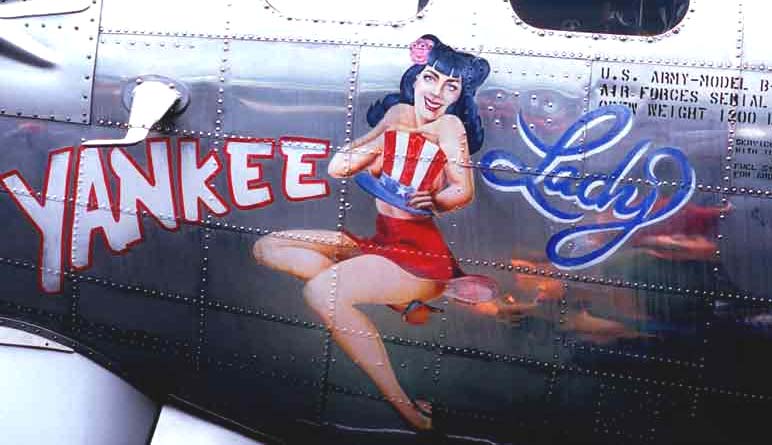
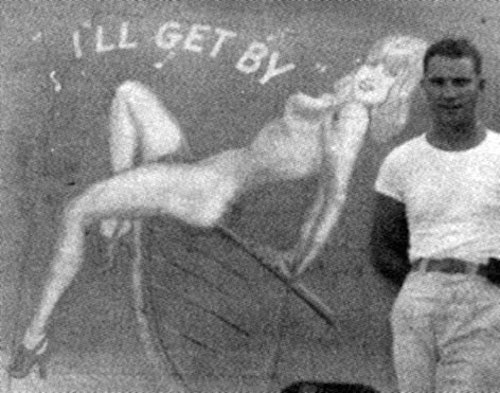
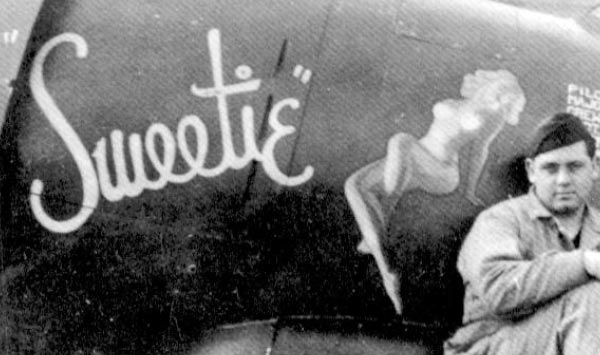
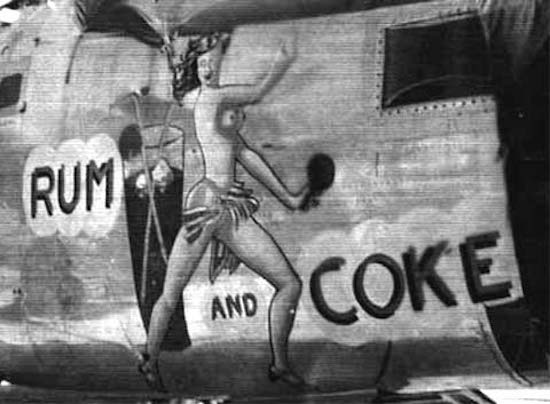
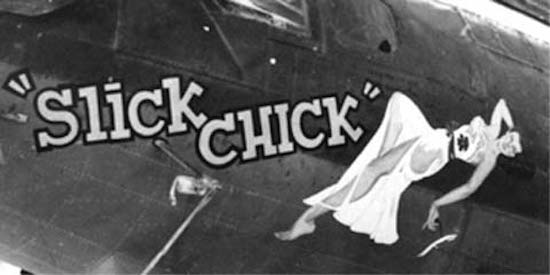
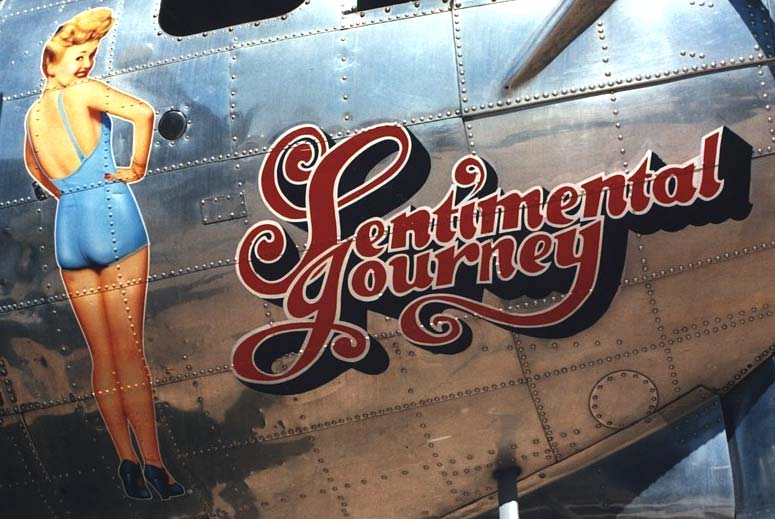
Lastly, the unique flying girls also helped provide each plane with its own personality and hopefully with a bit of good luck. They made the aircrafts easier to identify than using just the serial numbers, so when you saw the Shoo Shoo Shoo Baby returning from a bombing run, you would immediately be able to know your buddies had made it back safely.
